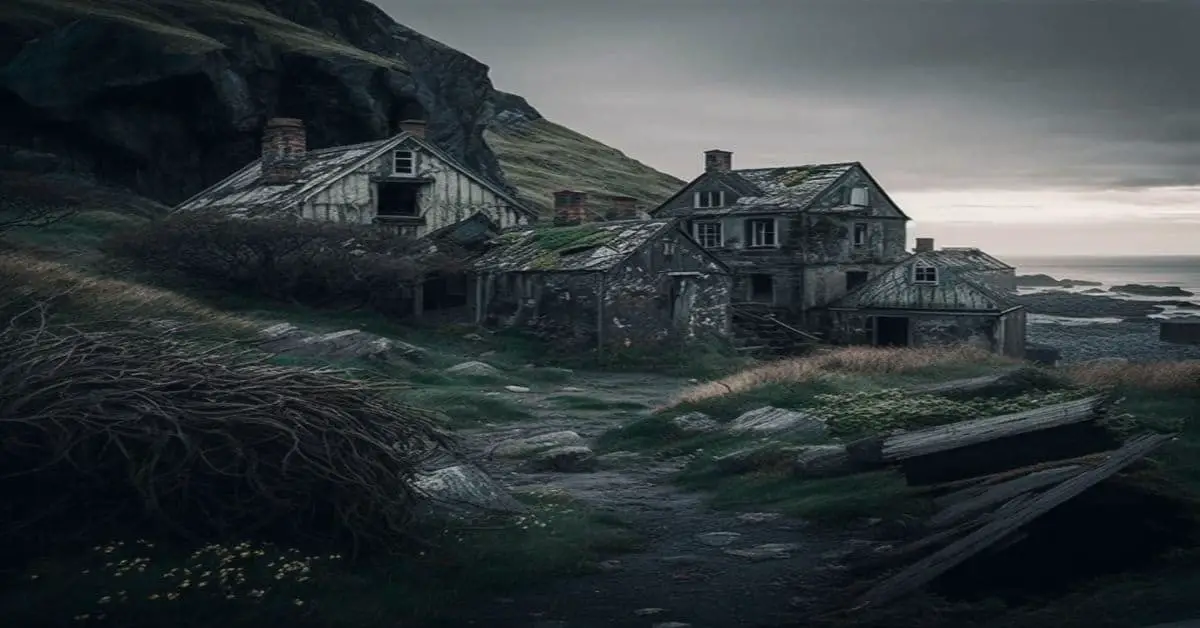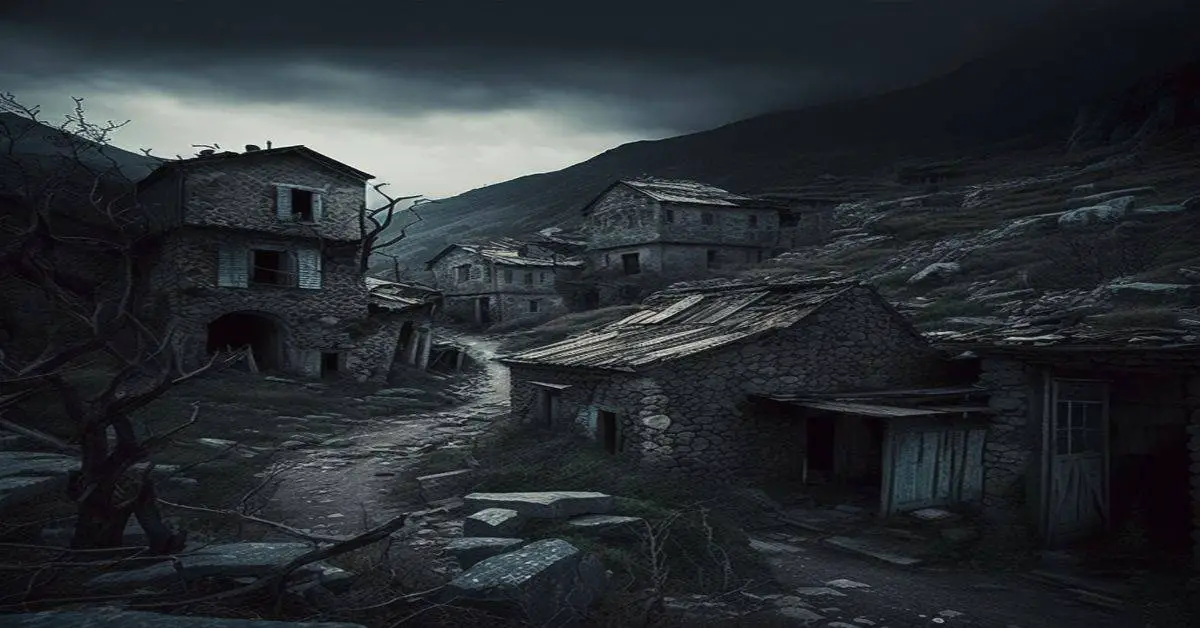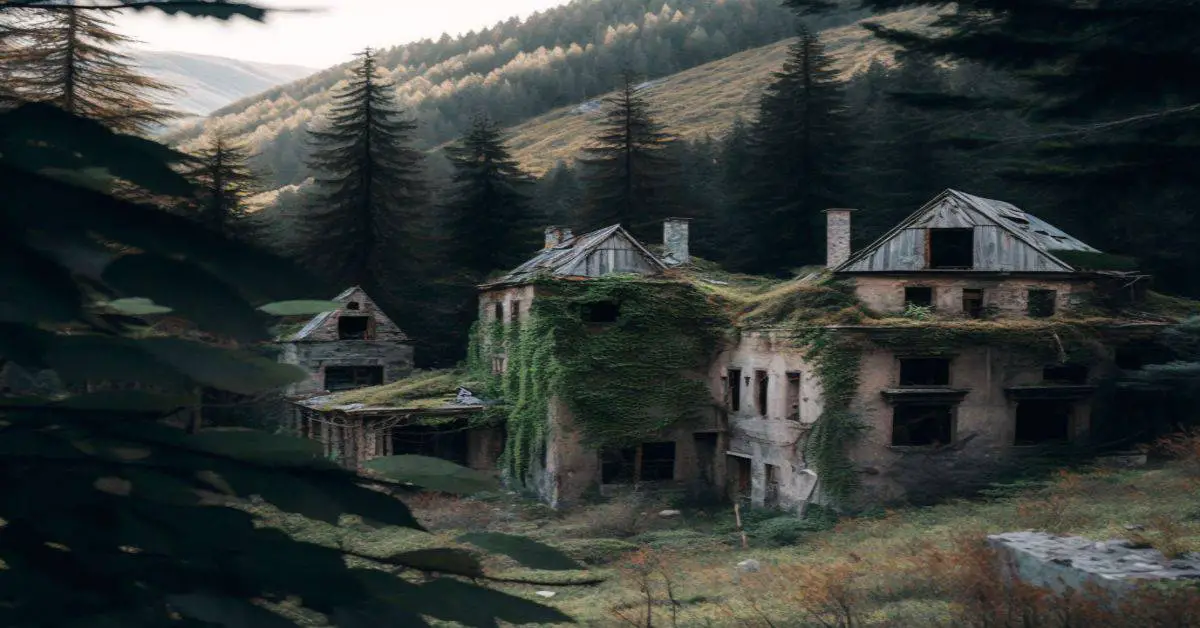Bonanza, Oregon is a semi-ghost town that retains much of its original charm and history. Like a time capsule, visitors can step back in time and experience what life was like during the gold rush era in the late 1800s. With its mild climate, natural springs, and beautiful landscapes, Bonanza was once a thriving gold mining town, attracting thousands of prospectors hoping to strike it rich.
Today, this small town of 375 residents is a hidden gem, waiting to be discovered by those seeking a glimpse into history. As one wanders through the streets of Bonanza, they will come across many of the original buildings that have stood the test of time. Each building tells a story of the town’s past, from the old schoolhouse to the general store.
While many other gold mining towns and camps have faded over time, Bonanza has maintained its unique character and charm. With a rich history that spans over a century, there is much to discover in this semi-ghost town that continues to capture the imagination of visitors and locals alike.
Key Takeaways
- Bonanza, Oregon is a semi-ghost town with a rich history from the gold rush era.
- The town retains its original charm and many of the original buildings still stand, making it a worthwhile destination for those interested in the history of the American West.
- The Bonanza gold mine utilized various mining techniques such as hydraulic mining, placer mining, and hard rock mining. Despite limited technology, it operated for 33 years and produced impressive gold.
- Visitors can explore the town’s natural beauty by hiking in nearby forests, fishing in local streams, and learning about the town’s history and people at the Bonanza School Museum. Annual events include the Bonanza Rodeo, which features traditional rodeo events, a parade, a dance, and a barbecue, and has been held since the early days of the town’s history.
History of Bonanza
Bonanza, a semi-ghost town in Klamath County, Oregon, had a successful gold mine from 1877 to 1910, becoming one of the richest in the area, exceeding several million dollars in total production during its 33 years of operation.
The Indigenous tribes named the town for its water sources. Bonanza was home to multiple Indigenous groups, including the Modoc, Klamath, and Paiute tribes, who significantly influenced the town’s early history.
After the discovery of gold in the area, many settlers arrived, and the town grew into a bustling community with a post office, school, and numerous businesses.
The settlers’ impact on Bonanza was enormous, as they built new structures and brought in new technology to support the mining operations.
Over time, the town’s population grew, becoming a hub of regional commercial activity.
Despite the harsh living conditions and the dangers of working in the mines, many people flocked to Bonanza, hoping to strike it rich.
Today, the town remains a reminder of the gold rush era and the hardships faced by the early settlers who helped shape the town’s history.
The Gold Mine
The gold mine in this Klamath county location was in operation from 1877 to 1910, producing several million dollars of gold and making it one of the most successful mines in the area.
The mine utilized various techniques such as hydraulic, placer, and hard rock mining. Hydraulic mining involved using high-pressure water jets to wash away gravel and dirt. In contrast, placer mining involved the separation of gold from sand and gravel using water and gravity. Hard rock mining, on the other hand, required drills and explosives to extract gold from veins of rock deep underground.
Mining technology during the time of the Bonanza gold mine was relatively primitive compared to modern standards. However, the miners could use tools such as pickaxes, shovels, and carts to extract and transport the gold.
They also employed the use of sluice boxes to separate gold from the dirt and rocks and amalgamation methods to extract gold from ore. Despite the limited technology available, the Bonanza gold mine was able to operate for 33 years and produce an impressive amount of gold, contributing significantly to the region’s mining history.
Present-day Bonanza
Despite its small population and limited economic opportunities, Bonanza’s historical significance and well-preserved buildings make it a worthwhile destination for those interested in the history of the American West. Visitors can explore the town’s natural beauty by hiking in the nearby forests or fishing in the local streams. The area is also known for its abundant wildlife, including elk, deer, and birds.
Additionally, Bonanza offers a glimpse into local culture and traditions. Visitors can learn about the town’s history and people by visiting the Bonanza School Museum, which displays artifacts and documents from its early days. The museum also hosts events and festivals that celebrate the town’s heritage.
In addition to the museum, visitors can also experience local culture by attending the Bonanza Rodeo, held annually in August. The rodeo features traditional rodeo events such as bull riding, barrel racing, and team roping. Other events include a parade, a dance, and a barbecue. The rodeo is a major part of the town’s culture and has been held since the early days of the town’s history.
Overall, Bonanza offers a unique experience for those interested in exploring nature, learning about local culture and traditions, and discovering the history of the American West.
Frequently Asked Questions
What other resources, besides gold, were found in Bonanza during the mining era?
Besides gold, Bonanza had other resources like silver, copper, and lead during the mining era. These resources had historical significance and contributed to the economic impact of the town. Modern developments have not focused on mining.
What caused the decline of Bonanza’s gold mine and eventual transition into a semi-ghost town?
Bonanza’s gold mine declined due to exhausted ore deposits, high operating costs, and decreased demand for gold. The economic impact was significant, leading to a decrease in population and the town becoming a semi-ghost town.
How has the population of Bonanza changed over time, and what factors have contributed to this?
Population trends in Bonanza have fluctuated over time due to economic drivers such as the decline of the gold mine, limited job opportunities, and a lack of infrastructure. The current population is 375, with many original buildings remaining.
Are there any notable cultural or historical landmarks in Bonanza besides the gold mine?
Bonanza’s cultural landmarks include the historic Bonanza School, the Bonanza Cemetery, and the Bonanza Community Church. The town also has historical sites such as the Bonanza King Mine and the Bonanza Depot Museum.
What recreational activities are available to visitors in and around Bonanza?
Hiking trails and fishing spots are available in and around Bonanza. Klamath River offers trout fishing while nearby Klamath National Forest provides hiking trails with scenic views.


